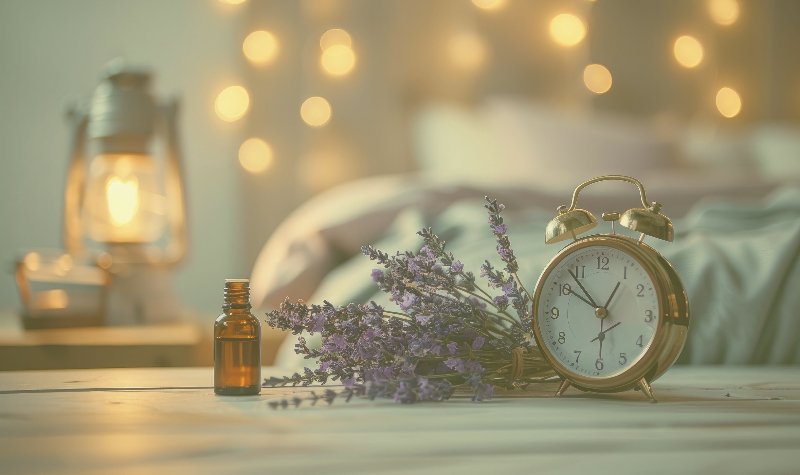Points discussed in this episode:
In the 3rd episode of the Anxiety Slayer Restful Nights series we are discussing more practical tips to improve your sleep quality. Learn how to optimize your sleep environment, establish a relaxing bedtime routine and learn breathing exercises that can help you relax and unwind before bed.
Optimize Your Sleep Environment For Sleep
-
Creating a sleep-friendly bedroom: lighting, temperature, and noise considerations.
-
The importance of comfortable bedding and supportive sleep surfaces.
Relaxing Bedtime Practices for Mind-Body Balance
Evening baths
Take a warm bath with lavender essential oil. Lavender is calming and helps us feel a sense of trust.
Keep screens out of the bathroom and focus on breathing and relaxing.
Oil Massage
Introduction to Abhyanga (self-massage) and its benefits for relaxation.
Oil massage is especially helpful for calming the nervous system and inviting sleep, and there are several ways to do it from quick and simple to a longer investment of a full body or massage.
One quick and simple way to use oil is to massage some oil into your navel and onto your temples. Ayurveda teaches that the naval is a seat of vata, so placing oil there helps calm vata, and, in turn, anxiety.
Massaging the soles of your feet to bring head energy down
There are 7000 nerve endings in the sole of the feet, and many vital energy points known on both in Ayurveda and traditional Chinese medicine. Massaging the soles of the feet invites relaxation, and helps calm head energy.
Using oil is especially helpful, But be careful to towel off excess to avoid slipping and staining your bedding with oil.
One way to use oil on your feet is to massage them while sitting on the edge of a warm bath and then relaxing in the bath and using an old towel to remove excess oil afterwards.
Pranayama breathing exercises
Alternate Nostril Breathing to relax your mind
You can practice by sitting on the edge of your bed, and closing your eyes.
Then close your right nostril with your thumb and breathe in through your left nostril. Then close your left nostril with your ring, a little finger and exhale through the right, breathe in on the same side, then close with your thumb and breathe out through the left.
And repeat. Try practicing for 5–10 minutes.
Alternate nostril breathing helps calm the mind, it’s especially beneficial for an anxious mind before sleep, it also helps balance the right and left hemispheres of the brain.
You can find a guided practice on our Patreon if you prefer to follow along by listening to the directions.
Bumblebee Breathing Practice for calming anxiety
This is a breathing practice that naturally lengthens your exhalation which remedies the tight, upper chest breathing associated with stress and anxiety, and switches off the fight or flight response.
This practice is named after the humming sound, the bees make.
There’s been research recently, confirming the benefits of this ancient practice and the humming sound for soothing a racing mind.
You can use this breathing practice at any time of the day for calming anxiety, and it’s especially helpful to relax for sleep.
To practice, sit comfortably with your shoulders relaxed and take a few natural breaths.
Then close your eyes, if you’re comfortable to do so, and breathe in through your nose. As you breathe out, make the sound of the letter M, a humming sound, for as long as is comfortable for you until you need to breathe in again.
Then repeat breathing in through your nose and making a humming sound like a bee as you breathe out.
Traditionally, it’s recommended to cover your ears with your thumbs, and then bring your hands right in front of your face, resting of your eyes and closing your nose.
You can find our Guided Bumblebee Breath for Anxiety Relief on our Patreon



